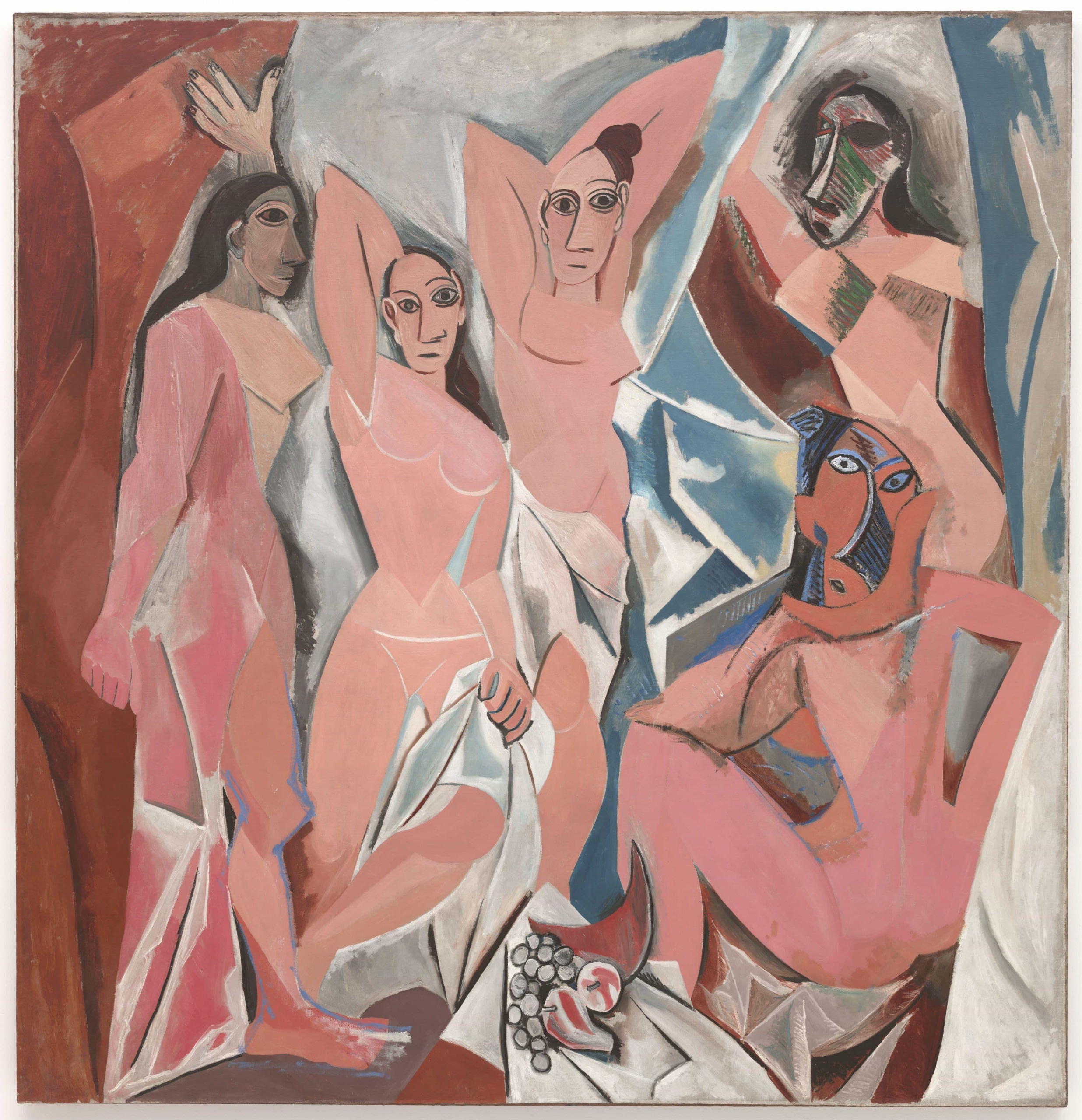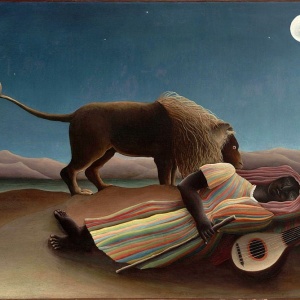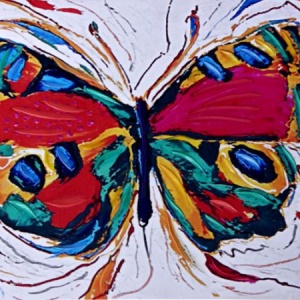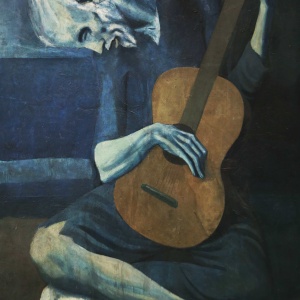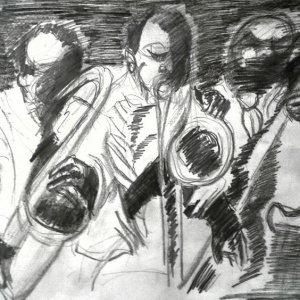Description
Les Demoiselles d’Avignon
Painting type:
Acrylic painting
Size:
40cm x 50cm
Note:
Unframed painting!
Info:
Les Demoiselles d’Avignon (The Young Ladies of Avignon, formerly known as The Brothel of Avignon) is a large oil painting created in 1907 by Spanish artist Pablo Picasso. The work, which is part of the eternal collection of the Museum of Modern Art, features five nude female prostitutes at the Carrer d’Avinyó (Spanish: Calle de Aviñón [es]), a street in Barcelona. Each figure is shown in a contradictory way of conflict and no one is usually a woman. Women appear less intimidating and are given angular and physically separated. The person on the left shows facial features and dress in Egyptian or southern Asian style. The two nearest figures are depicted in the traditional Iberia style of Spanish descent, while the two on the right are represented by elements similar to African masks. The racial selections made in these masks, according to Picasso, motivated him to “liberate the true art form of coercion, or cruel force.”
In this subtle twist and departure of the idea in the form of a flat, two-dimensional picture plane, Picasso made a complete departure from traditional European painting. This proto-cubist work is widely regarded as the first in the early growth of both cubism and modern art.
Les Demoiselles was revolutionary and controversial and led to widespread disputes and disagreements, even among the artist’s closest friends and acquaintances. Matisse took the job as a joke but reacted indirectly to it in 1908 with his Bathers and Turtle. Georges Braque also initially disliked the painting but perhaps more than anyone else, studied the work in detail. His subsequent friendship and cooperation with Picasso led to a cubist revolution. Its similarities to Cézanne’s The Bathers, a portrait of Paul Gauguin Oviri and El Greco’s Opening of the Fifth Seal have been widely discussed by recent critics.
During its first exhibition in 1916, the painting was considered immoral. The work, painted in Picasso’s studio in Bateau-Lavoir in Montmartre, Paris, first appeared in Salon d’Antin in July 1916, in an exhibition organized by poet André Salmon. It was at this exhibition that Salmon (who originally called the painting in 1912 Le bordel philosophique) named the work with his current, less obscure title, Les Demoiselles d’Avignon, instead of Picasso’s original Bordel d’Avignon. . Picasso, who used to call it my mon bordel (“my brothel”), or Le Bordel d’Avignon, never liked the Salmon title and would instead prefer the introduction of Bowdlerization Las chicas de Avignon (“The Girls of Avignon “).

